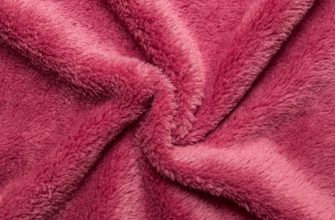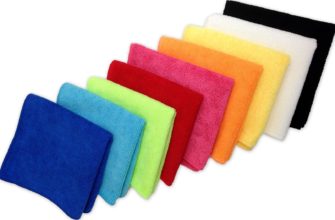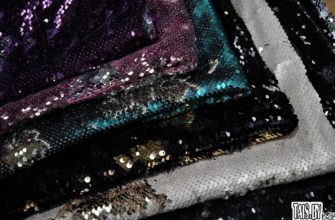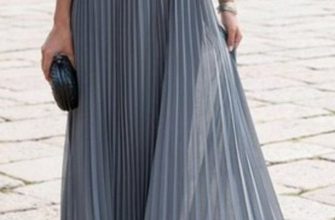Acrylic is a pleasant to the touch fabric. The material is widely used in the production of various clothing items. It is unique in its properties and has a number of obvious advantages.
- Acrylic - what kind of material is it?
- What is polyacrylic
- What is the difference between acrylic and polyacrylic
- History of creation
- Production technology
- Material properties
- Natural or not
- How to identify acrylic
- What is made from acrylic fibers?
- Features of acrylic yarn products
- Simple rules of care
- Manufacturers and brands
- Pros and cons
- Reviews of the material
Acrylic - what kind of material is it?
Acrylic is a synthetic fabric made from acrylic fibers. That is why the material has such a name. The name of the fabric is translated as acrylic resin. It is used mainly for the production of knitted wardrobe items. Acrylic sweaters attract consumers with their pleasant appearance and softness.

What is polyacrylic
Polyacrylic is often called artificial wool due to the fact that the material resembles animal wool in appearance. It is obtained by processing petroleum products. The fiber is threads, fluffy and twisted, capable of binding a large amount of air, due to which it retains heat well.
Some cashmere substitutes are made from acrylic. The material has a more attractive appearance than real cashmere. In addition, it is part of many natural fabrics.
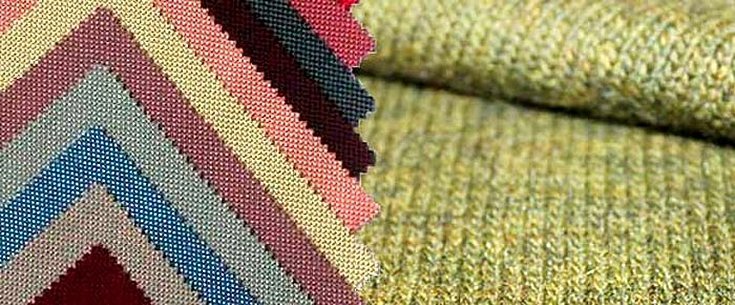
What is the difference between acrylic and polyacrylic
Polyacrylic is a synonymous name for acrylic. Very often this material is called orlon, polyacrylonitrile, PAN fiber, nitron, krylor, prelan. The listed names are difficult to remember, so the first version of the name of the fabric "acrylic" is most often used.
History of creation
The material was first manufactured by DuPont. Today, the company no longer exists, but the fabric that was first produced on its territory is still extremely popular.
Note! The development of a new textile material began in the early forties of the last century. The manufacturers managed to achieve their goal several years later, in 1948, when a fiber with unique properties was obtained, which was called "orlon".
This material competed with nylon, which was popular at the time, but it was difficult to dye. That is why manufacturers decided to continue research to improve the fabric, which could be dyed without much difficulty. In 1952, they managed to obtain a fiber that met all the requirements. It was called "acrylic".
Production technology
The manufacturing process and what acrylic is made of are interesting. Acrylonitrile is used in the manufacturing process. The substance is used to make plastic. The main component itself is a toxic substance. However, in combination with other elements, it quickly disintegrates, due to which the synthetic fiber remains safe for use. Therefore, the composition of acrylic is completely safe for humans.
Important! The substance is a colorless liquid.
In the industrial production process, the solution is rotated and squeezed into the air or water through special equipment. As a result of simple manipulations, it hardens. After this, the fiber is thoroughly washed, dried, and then cut to length. After some time, it is twisted into a ball. The end result is a material that is subsequently used to produce various items of clothing.
Material properties
Acrylic is unique in its properties. The main characteristics of the synthetic material are:
- ease;
- high wear resistance;
- excellent heat retention ability;
- moisture-repellent ability;
- elasticity, good stretchability;
- ease of dyeing fibers.
Important! Acrylic threads are durable and resistant to atmospheric influences, including high temperatures.
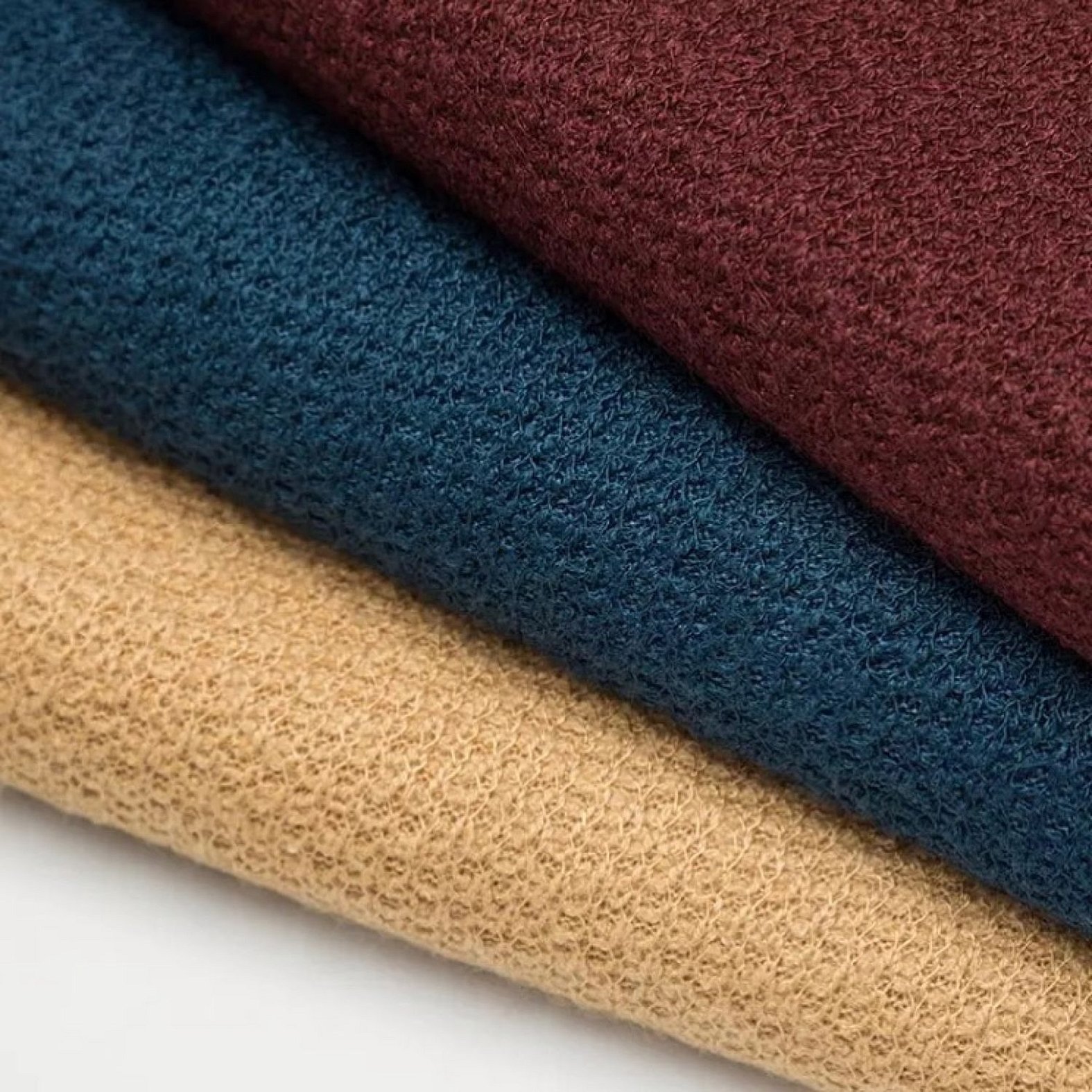
Natural or not
Acrylic is not a natural fabric, it is a synthetic fiber. That is why its cost is much lower than that of natural materials. It is very important to be able to distinguish artificial fabric from natural analogues, so as not to fall for the trick of unscrupulous manufacturers who try to pass off synthetics as natural materials.
How to identify acrylic
It is not so difficult to distinguish acrylic from natural fabric. When burning, synthetic fiber melts, forming black smoke and a characteristic sour smell.
What is made from acrylic fibers?
Acrylic is used in its pure form and in combination with other materials. It is used to produce various wardrobe items: hats, sweaters, socks and knitting yarn. Many manufacturers add it to natural fabrics, thus trying to reduce the cost of manufactured clothing items. Acrylic is often added to outerwear. The wool becomes softer.
Note! High-quality fabric is used to make textiles for vehicles, as a material for furniture upholstery and textile production, including curtains and carpets, kitchen utensils. An acrylic carpet can become a unique decoration for any interior.
Synthetic fiber is widely used for the production of advertising banners. The demand for the material in this area is due to its ability to maintain its original appearance for a long time.
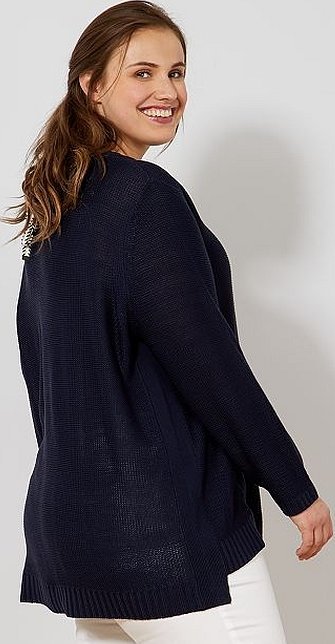
Features of acrylic yarn products
Products made of synthetic fiber have a pleasant appearance and retain their properties for a long time. Acrylic items are durable and can last for five or even ten years.
Acrylic products do not wrinkle and have a pleasant texture.
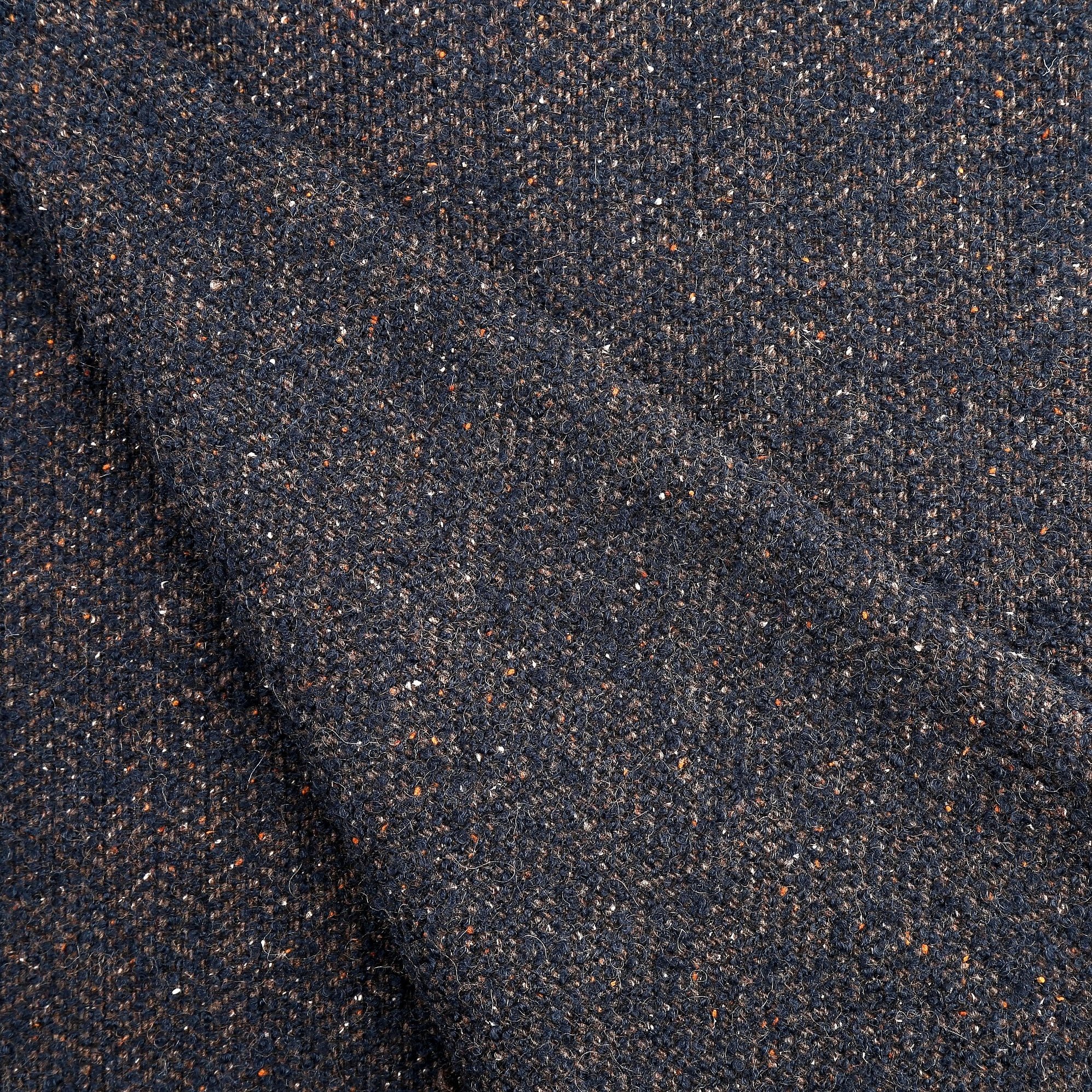
Simple rules of care
Thanks to its unique properties, acrylic products are easy to care for, much easier than clothes and textiles made from natural materials.
Dry cleaning is allowed. Hand washing is preferred.
Important! It is recommended to wash items made from artificial materials no more than once every two weeks.
You can only clean synthetic items in the washing machine at low temperatures and only using suitable detergents and fabric softener.
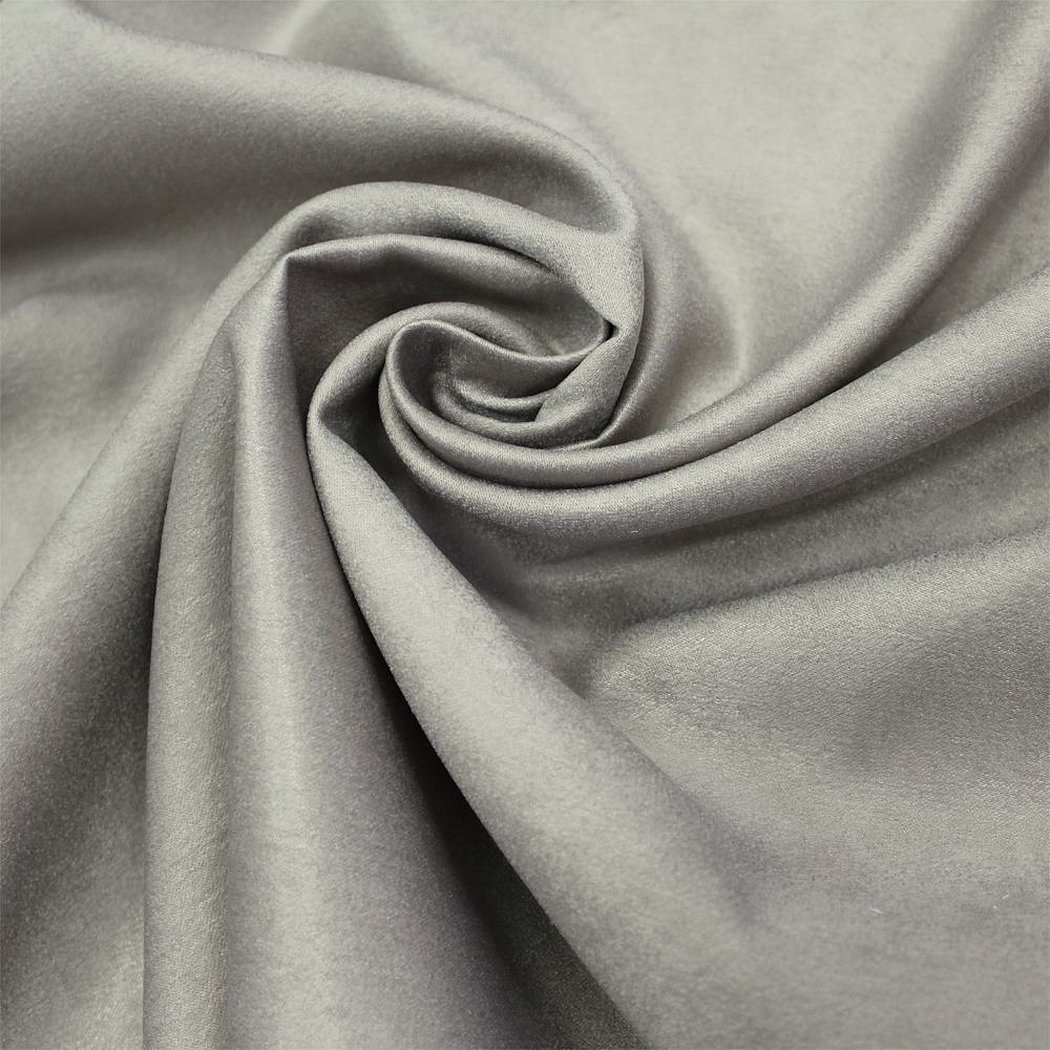
It is strictly forbidden to overdry items made of synthetic fiber. Otherwise, the appearance will be irreparably damaged.
It is recommended to dry acrylic items horizontally without using heating devices. It is also better to avoid exposure to direct sunlight and strong heating. If necessary, iron items made of synthetic material only through gauze or thin fabric.
Important! It is strictly forbidden to wring or twist acrylic items. Otherwise, the fabric will lose its original appearance.
Compliance with all conditions will not only preserve the structure and beauty of clothing and interior items, but will also significantly increase their service life.
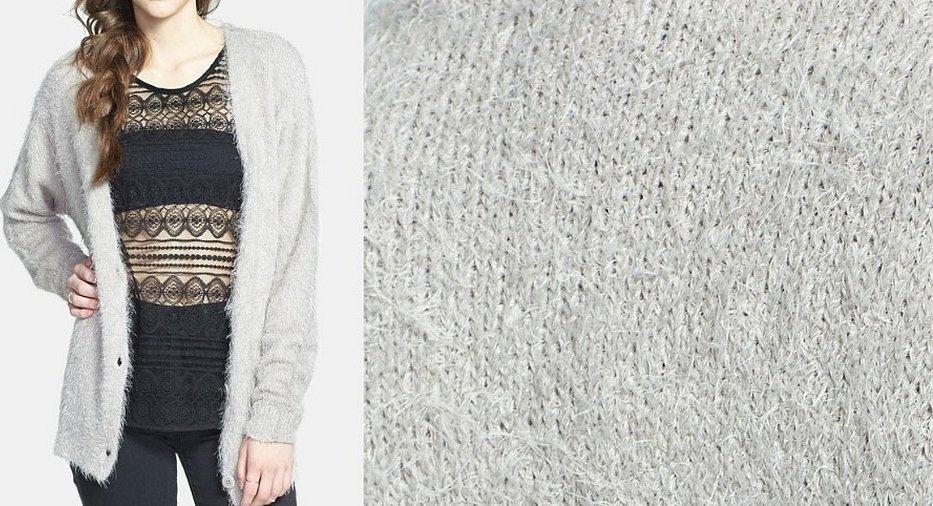
Manufacturers and brands
Many brands use synthetic fibers in production, including acrylic. It is impossible to single out a brand that specializes in the production of clothing exclusively from artificial fabric. Since the range of absolutely every clothing brand includes items partially or completely made of acrylic.
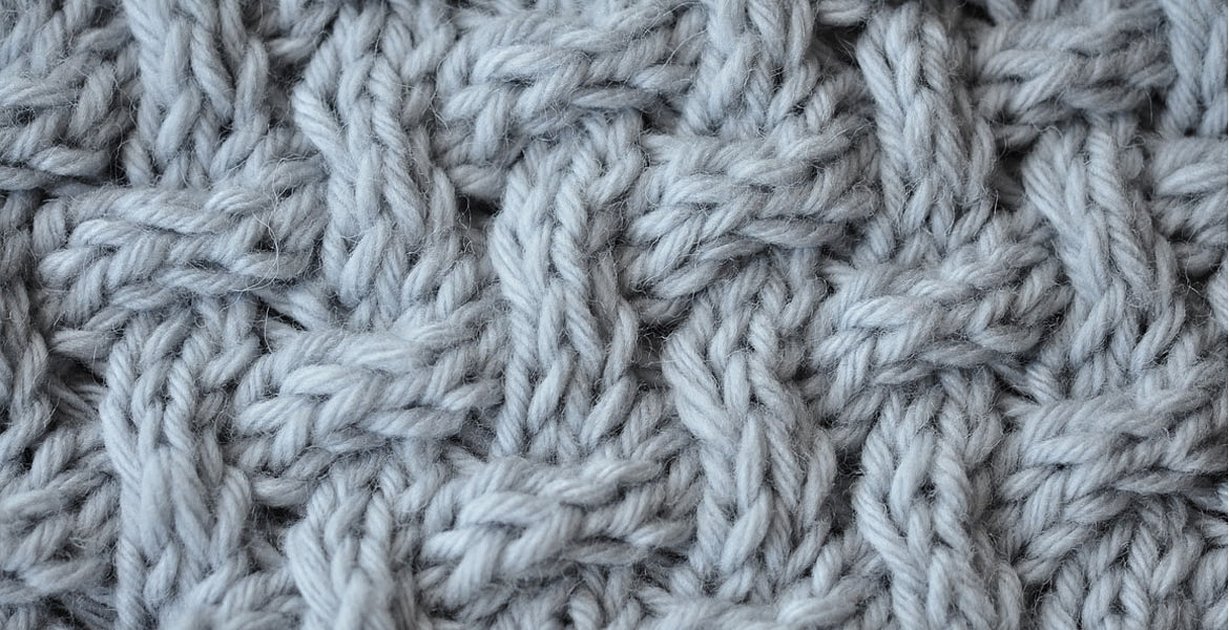
Pros and cons
Acrylic, being one of the most popular materials, has a number of advantages and disadvantages. The advantages include the absolute safety of the material. It is durable and can retain its appearance and original properties for a long time. The versatility of the material is also an undeniable advantage.
Despite its many advantages, the fabric also has disadvantages:
- does not absorb moisture;
- does not allow air to pass through;
- low-quality material quickly becomes unusable and loses its original appearance;
- after long wearing, pellets appear;
- static electricity accumulates during the process of wearing clothes;
- When constantly exposed to direct sunlight, things lose their original properties.
Important! To extend the life of your favorite sweater or any other item made from the above-mentioned material, you must follow the operating rules.
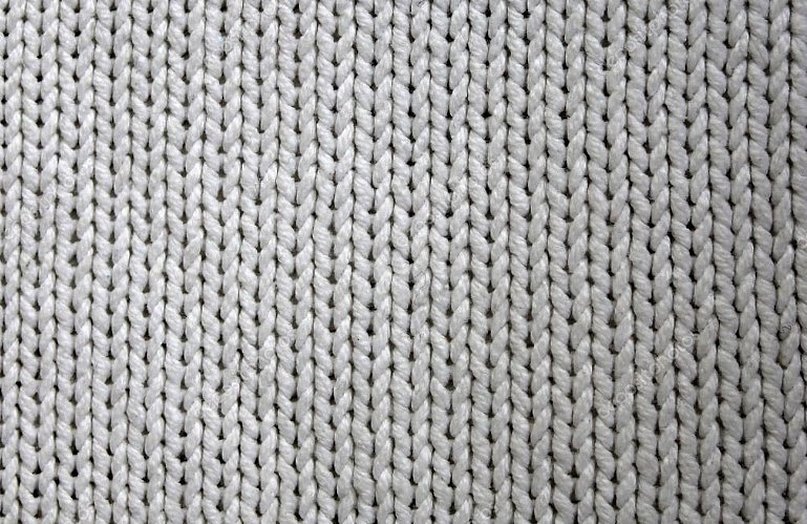
Reviews of the material
Consumers have good reviews for acrylic items.
Anna
"Not everyone knows what acrylic is. I tried on a jumper in a store, it was very soft and pleasant to the touch. I looked at the composition and was upset. The tag said that it was made of acrylic. And the price was quite high for synthetics. But I still took the risk of buying it. And I didn't regret it one bit. I completely changed my mind about the material, although I had been skeptical about it before."
Lena
"I must be from another planet, but I love wearing acrylic. Surprisingly, I don't even sweat on my T-shirt when I wear it. After several washes, my favorite sweater didn't become covered in pilling and bobbles, despite the fact that the composition says "100% acrylic."
Marina
"A lot depends on the quality of the material. There are cheap, squeaky and rough ones, and there are soft ones. I've been buying things made of acrylic for several years now."
Despite the fact that many have heard of a fabric called acrylic, not everyone knows what it is.
Note! Although it is an artificial material, it has unique properties and has received favorable reviews from consumers. High wear resistance, strength and a pleasant appearance make the fiber indispensable in the production of many clothing items.

